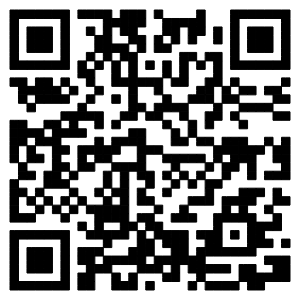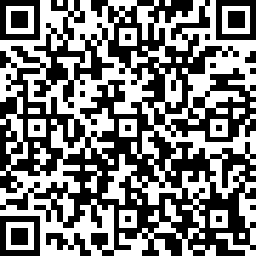
{{_.lang.label}}
{{_.lang[item]}}
{{_.list.alert[item].length}}
{{_.lang.noMessage}}
 {{_.$tools.formatDate(item.publishTime, 'yyyy-MM-dd')}} {{item.title}}
{{_.$tools.formatDate(item.publishTime, 'yyyy-MM-dd')}} {{item.title}} 
What proper checks should a passenger carry out on the lithium batteries when packing them for travel?

What proper checks should a passenger carry out on the lithium batteries when packing them for travel?
Passengers play an important role in ensuring aviation safety. Therefore, it is advisable that a passenger make the following safety check when packing lithium batteries before traveling.
| Checklist | Attention |
|
When lithium batteries exhibit physical damage, such as swelling or deformation, their structural stability and electrical insulation are not compromised, which may pose a major safety hazard. |
|
If lithium batteries experience abnormally high temperatures or make squeaking sound while charging, or if there are signs of aging or melting at the charging interface, this indicates potential safety concern. When lithium batteries reach overheating conditions, this may lead to fires or explosions, posing significant safety risks to both users and the surroundings. |
|
Lithium batteries must be protected from external forces such as impact, puncture, or extrusion during storage or transportation, which may cause deformation or internal layer damage, increasing the risk of overheating incidents. |
|
All passengers must comply with specific requirements when carrying lithium batteries on flights. These include restrictions on the capacity of lithium metal or lithium ion batteries of different electronic devices. Also, all batteries must have a label indicting the voltage and the watt-hour rating.
For details, please refer to the “Security Control Articles” under the “Public and Passenger Guide" on the AACM Official Website via https://www.aacm.gov.mo/.
|
| Airlines may impose additional restrictions on the carriage and usage of lithium batteries on aircraft based on safety considerations and operational measures. Therefore, passengers are advised to check with their airline for the latest requirements before traveling. | |
























